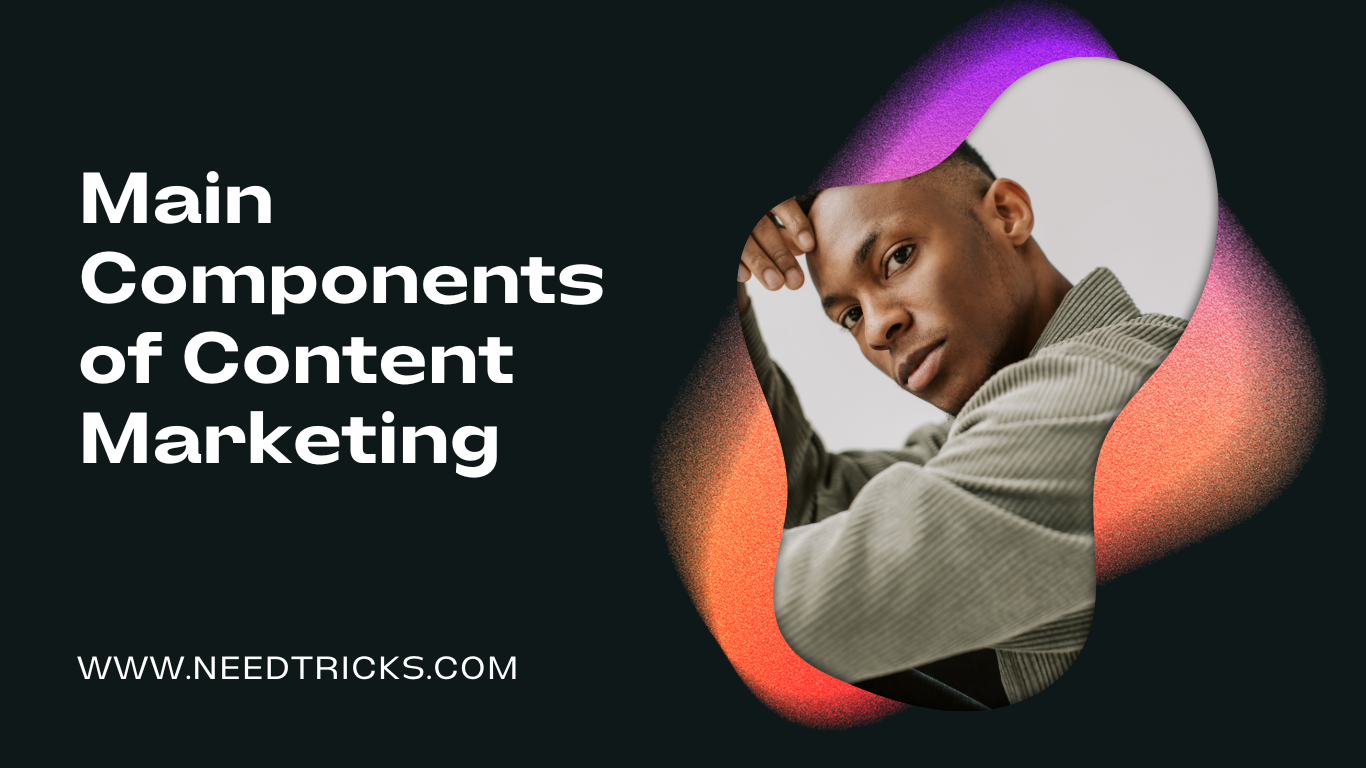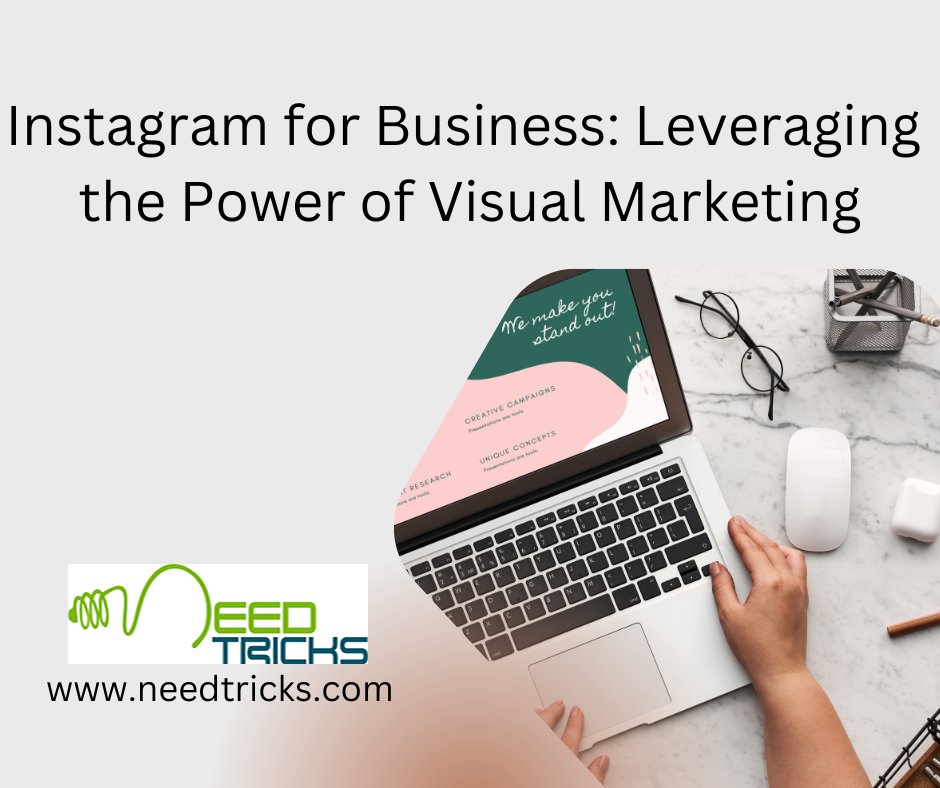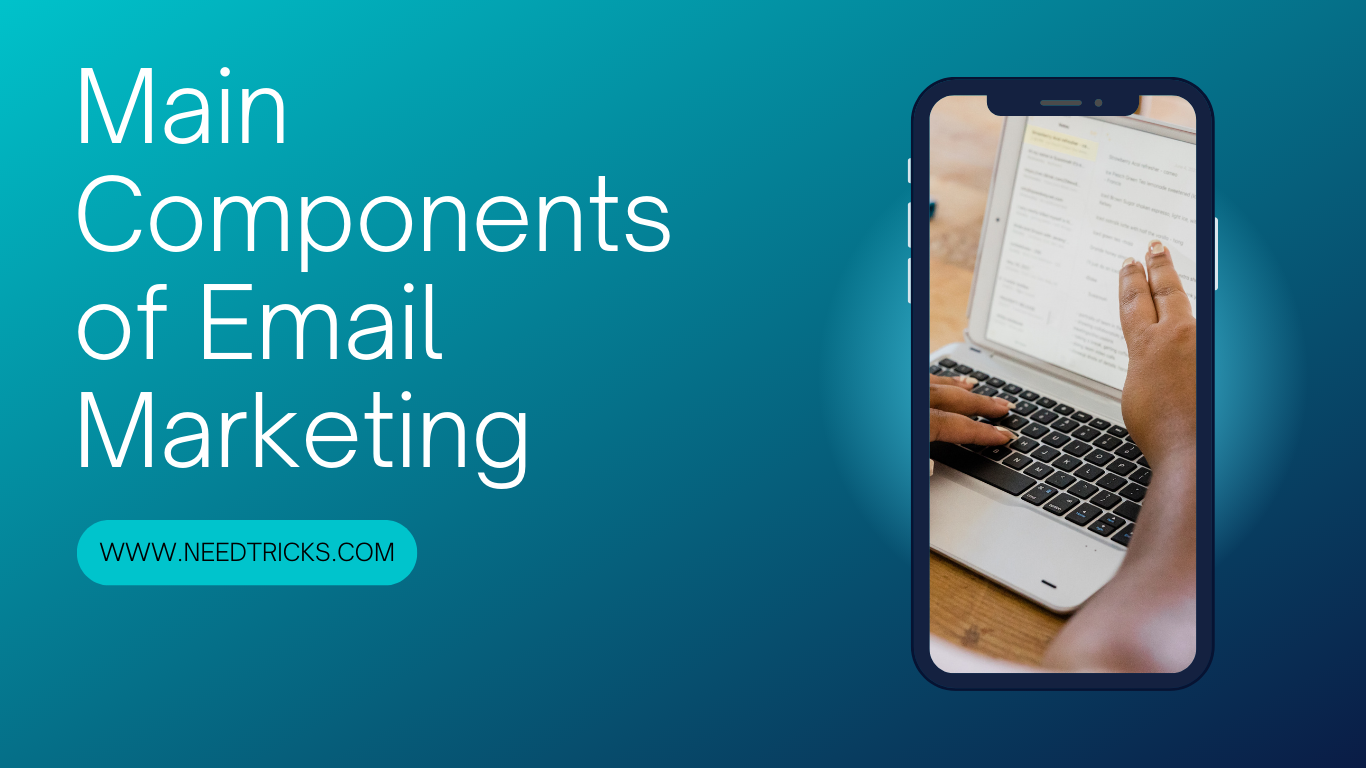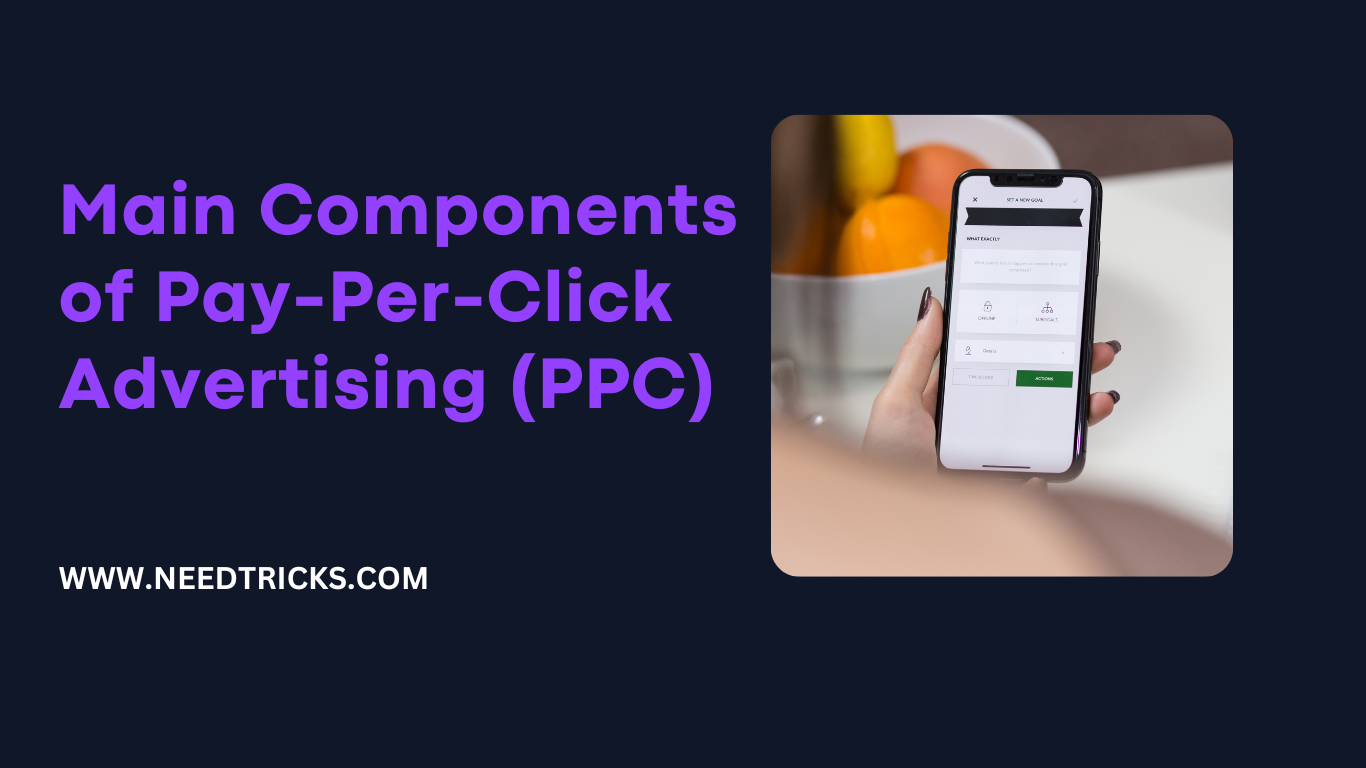Here are the main components of content marketing:
Audience Research:
- Understanding your target audience, their interests, pain points, and preferences to create content that resonates with them.
Content Strategy:
- Developing a plan that outlines your content goals, target audience, topics, formats, distribution channels.
- And key performance indicators (KPIs).
Content Creation:
- Producing high-quality, valuable, and engaging content.
- Such as articles, blog posts, videos, infographics, podcasts, eBooks, and more.
Content Optimization:
- Optimizing your content for search engines by incorporating relevant keywords, meta tags, headings, and other on-page SEO elements.
Content Distribution:
- Strategically promoting and distributing your content across various channels.
- Such as your website, blog, social media, email newsletters, and industry publications.
Social Media Marketing:
- Sharing and promoting your content on social media platforms to increase visibility, engage with your audience.
- And drive traffic back to your website.
Email Marketing:
- Utilizing email newsletters or drip campaigns to deliver valuable content directly to subscribers’ inboxes.
- Nurturing leads, and building customer relationships.
Influencer Collaboration:
- Partnering with influential individuals or industry experts to co-create or promote your content, leveraging their reach and authority.
Content Curation:
- Finding and sharing relevant third-party content from trusted sources to provide value to your audience.
- And position your brand as a reliable industry resource.
Content Promotion:
- Running paid advertising campaigns or boosting social media posts.
- To amplify the reach and visibility of your content to a broader audience.
SEO and Keyword Optimization:
- Incorporating relevant keywords, optimizing meta tags.
- And creating high-quality backlinks to improve your content’s visibility in search engine results.
Analytics and Measurement:
- Tracking and analyzing the performance of your content marketing efforts using tools.
- Like Google Analytics, monitoring metrics such as traffic, engagement, conversions, and ROI.
Lead Generation and Conversion:
- Creating content that drives lead generation by capturing user information through forms, landing pages, or gated content.
- And nurturing leads through targeted content.
Content Calendar:
- Planning and organizing your content creation and distribution schedule.
- Ensuring consistency and alignment with your overall content strategy.
Storytelling and Branding:
- Crafting compelling narratives and aligning your content with your brand values, voice.
- And tone to create a cohesive and memorable brand experience.
User-generated Content:
- Encouraging your audience to create and share their own content related to your brand.
- Such as reviews, testimonials, or user-generated videos.
Repurposing Content:
- Repackaging and repurposing your existing content into different formats or mediums.
- To reach new audiences and extend the lifespan of your content.
Evergreen Content:
- Creating timeless and evergreen content that remains relevant and valuable over an extended period.
- Driving consistent traffic and engagement.
Content Promotion through Influencer Outreach:
- Identifying and reaching out to industry influencers to promote your content.
- Collaborate on content projects, or secure guest blogging opportunities.
Continuous Evaluation and Optimization:
- Continuously reviewing and analyzing the performance of your content.
- Gathering feedback, and making adjustments to improve its effectiveness and meet your goals.
Remember, content marketing is a long-term strategy that requires consistent effort, experimentation, and refinement to achieve desired results. These were the listed Main Components of Content Marketing.











